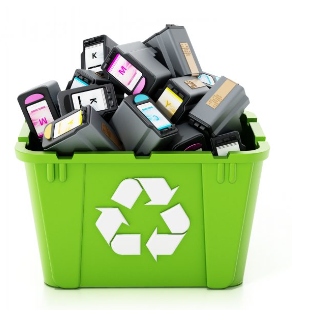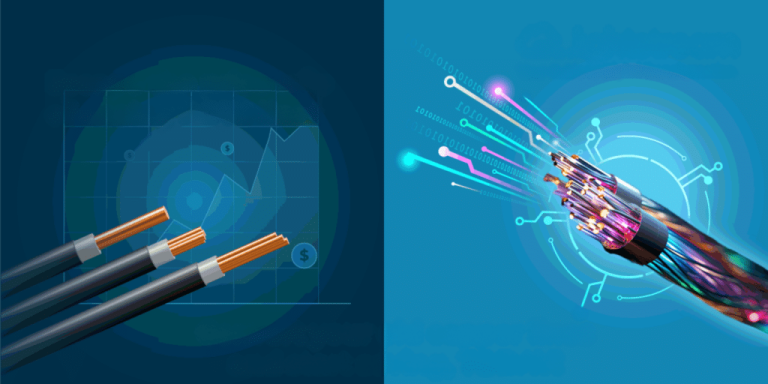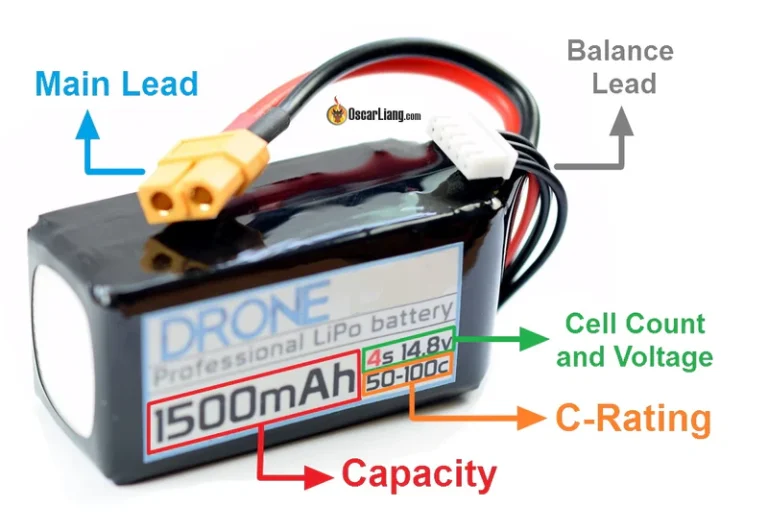Complete Comparison Guide: Apple iPhone 10 and Google Pixel phones
Introduction
These days, in this fast-moving digital world, it is only possible to imagine a single walk of life with smartphones. Available in the markets are plethora based on choices, making the task of choosing the correct device challenging. The Apple iPhone 10 and Google Pixel phones are two very well-known options in front of consumers. This guide will outline what sets them apart by going into features, specifications, and user experience so that you know exactly what to choose.
The Apple iPhone 10 was a radical point in the Apple smartphone series. It sported a radical design and breakthrough features that changed the template on many parameters. On the other hand, Google Pixel phones are more famous for their excellent camera capabilities and pure Android experience.
In this comparison between iPhone X and Pixel phones, we shall discuss design, display technology, performance, camera capabilities, operating systems, battery life, and extra features. By the end of this guide, you will know what each device has in store for them, making it much easier to choose which one best suits their desires.
Table of Contents:
- Introduction
- Apple iPhone 10 and Google Pixel Design and Build Quality
- Durability and Water Resistance
- Display Technology: Apple iPhone vs. Google Pixel Phones
- Comparative Screen Size and Resolution
- Performance: Apple iPhone 10 A11 Bionic Chip vs Qualcomm Snapdragon
- RAM and Storage Options
- Conclusion
- FAQs
Apple iPhone 10 and Google Pixel Design and Build Quality
The Apple iPhone 10 is sleek and modern, living up to the demands of style differently from the preceding iPhone models. With a dimension of 143.6×70.9×7.7 mm and a weight of 174g, it balances the screen size with ergonomics quite optimally. The front and back are made of glass, all with Corning-made glass for durability and a premium feel. The stainless steel frame contributes to the general solidity of this device, making it look lavish.
The most striking design changes with the iPhone 10 are the disappearance of the home button and nearly no bezels around the display. This change allowed Apple to maximise the available screen area while keeping compact form factor dimensions. The notch at the top of this device forms a place for the TrueDepth camera system used by Face ID technology.
Google Pixel Design Comparison Whereas Google Pixel phones are clean in design and very functional, they tend to be more subdued in looks compared to the iPhone 10. Most of the Pixels are made from metal and glass, though with entirely distinguishing two-tone backs. Dimensions vary between Pixels, but generally, a similar form factor is offered against the iPhone 10, which seems biased toward usability and better pocketability.
Durability and Water Resistance
On the durability front, the Apple iPhone 10 features IP67 ratings for dust and water resistance. That means it will survive the immersion of up to 1 meter of water for 30 minutes. This offers peace of mind in case you unwillingly expose your device to water or dust.
Moreover, the Google Pixel phones are water-resistant, with most models offering an IP68 rating, slightly superior to the iPhone 10’s maximum water resistance. That said, these ratings degrade during life, and neither manufacturer suggests purposely taking either device underwater.
Grab Exclusive Discounts on Skyphonez Australia
Suppose you are looking for a reliable online store for buying new and refurbished Apple iPhones, tablets, and other gadgets at the best market prices in the Australian market. In that case, Skyphonez Australia is your go-to place to shop.
They offer free home delivery and express shipping across Australia. We are a 100% Australia-based marketplace and we source the products from trusted and vetted suppliers and sellers.
Display Technology: Apple iPhone vs. Google Pixel Phones
An awesome 5.8″ Super Retina OLED display with a screen resolution of 1125 x 2436 pixels is fixed on the Apple iPhone 10. The pixel density becomes somewhere around 458 ppi, thus turning into grayscale images and giving clear and crisp visuals. Endowed with OLED technology, this phone ensures deep blacks and brilliant colours apart from good contrast ratios.
Moreover, it supports HDR10 and Dolby Vision to enhance the viewing experience when consuming appropriate content. The peak brightness reaches 625 nits, which is the screen’s luminosity that persists under the bright outdoors-based lighting situation. With an aspect ratio of 19.5:9, it brings a very immersive display, especially when viewing videos or playing games.
Similarly, Google Pixels have adopted OLED technology in their displays, offering similar benefits in colour reproduction and contrast. The exact specifications may vary between Pixel models; however, in general, they offer resolutions and pixel density comparable to those of the iPhone 10.
One area where Pixel phones have, at times, reflected their differentiation is the refresh rate. Some of the newer models of Pixels can sport high refresh rate displays running from 90Hz to 120Hz, which could spell out smoother scalability, more fluid animations, and higher responsiveness relative to an iPhone 10’s 60Hz display.
Comparative Screen Size and Resolution
While the iPhone 10 measures 5.8 inches in the display, Google Pixels are varied in size and usually range from 5.5 inches to 6.5 inches and beyond. This lets there be device choice according to personal preference in screen estate and overall device size. Where resolution is concerned. However, the iPhone 10 and Pixel phones boast sharp displays with pixel densities well over 400 ppi for sharp text and images. In most cases, what pushes it one way or the other is personal taste in terms of screen size and other features specific to each display tech.
Performance: Apple iPhone 10 A11 Bionic Chip vs Qualcomm Snapdragon
The powerhouse A11 Bionic chip is used at the core of Apple iPhone 10. It is a dual-core SoC with a hexa-core CPU clocked at 2.39 GHz, coupled with two high-performance cores (Monsoon) and four energy-efficient cores (Mistral). This means it can provide quality performance and excellent power efficiency.
The A11 Bionic chip also sports an Apple-designed three-core GPU that delivers vivid graphic performance for gaming and all other graphics-intensive tasks. Lastly, the neural engine in the A11 Bionic chip powers advanced machine learning capabilities, which underpin features like Face ID and augmented reality apps.
Google Pixels run with Qualcomm Snapdragon Processors, usually touted as high-performance across the Android ecosystem. Although differing from generation to generation, all of them pull off the performance scale similar to an A11 Bionic chip.
One of the big plus points for Pixel phones is that they run bespoke software optimised for the hardware, much like Apple does with the iPhone. This allows them to be silky smooth and easier on the battery, too.
RAM and Storage Options
The Apple iPhone 10 has 3GB of RAM, which might seem modest compared to some Android devices. However, thanks to very efficient memory management in iOS, it is ordinarily enough for comfortable multitasking and app performance.
The Apple iPhone 10 has two storage capacities: 64GB and 256 GB. This device does not have a card slot or expandable storage, so it is essential to know which capacity a user needs.
For comparison, Google Pixel phones range between very similar to slightly higher RAM options, from 4GB and up to 8GB or more in later models. Storage options are usually close to the iPhone 10: some of their Pixel models offer a mid-variant option of 128GB besides 64GB and 256GB.
Conclusion
The Apple iPhone 10 and Google Pixel phones also have a few vital points and unique features. For example, the iPhone 10 offers excellent construction quality, Face ID technology, and smooth integration within the Apple ecosystem. In addition, Pixels are outstanding in terms of camera performance and offer absolutely stock Android with deep integration with other Google services or apps.
The Apple iPhone 10 and Google Pixels deliver top-class smartphone experiences with unique strengths. The now-aging iPhone 10 still has much to offer: excellent build quality, performance, and long-term software support. On their side of the table, the Google Pixel phones pair top-notch camera tech with a treated Android experience. After all, the choice between these devices comes down to personal preference, investment in the ecosystem, and priorities concerning features.
FAQs
What is Face ID, and how does it work on the iPhone 10?
Face ID is a facial recognition system that replaces Touch ID. The TrueDepth camera system creates a 3D map of your face and aids in secure authentication.
What is the screen size and resolution of the iPhone 10?
The iPhone 10 has a 5.8-inch Super Retina HD OLED display with a screen resolution of 2436×1125 pixels and 458 ppi.
How long does the battery last on the iPhone 10?
The iPhone 10’s talk time would be up to 21 hours, and it would offer up to 12 hours of internet access.
What is the main advantage of Google Pixel’s camera?
Google Pixel phones excel in low-light camera performance. This is plainly due to advanced computational photography at its best.
How long do Google Pixel phones receive software updates?
Google typically provides major Android updates and security patches to Pixel phones for three years, thus ensuring long-term software support and new features.
What is the “Active Edge” feature on some Pixel phones?
This active edge allows users to squeeze the sides of the phone to open or trigger some features. This feature has recently been deployed to turn on Google Assistant quickly.







